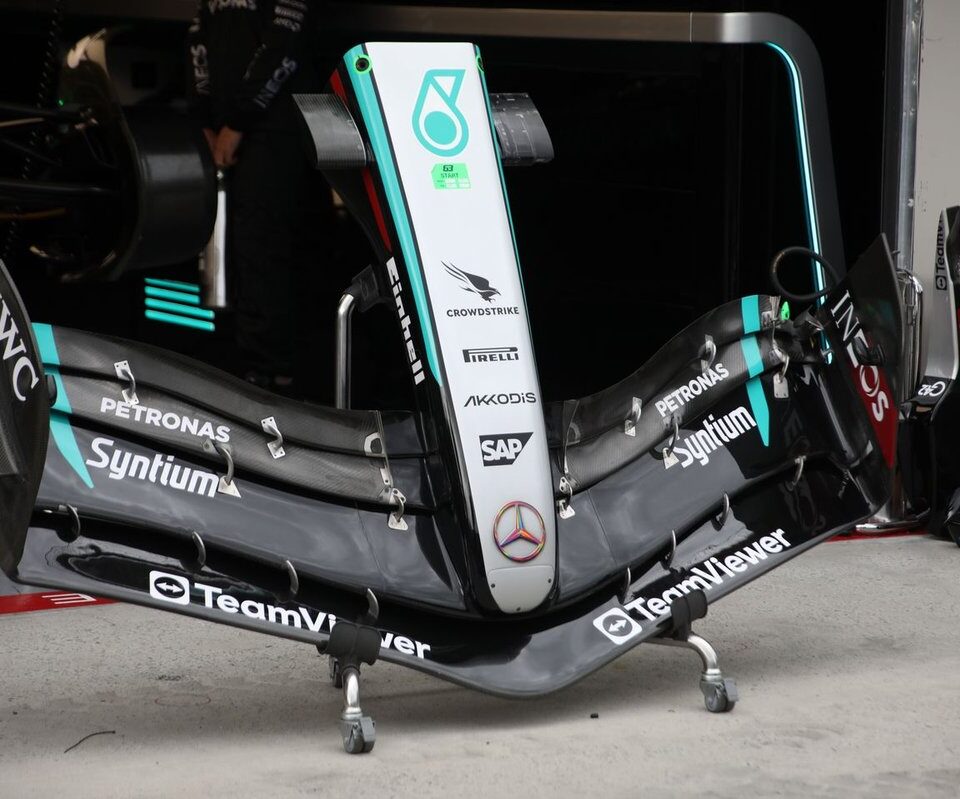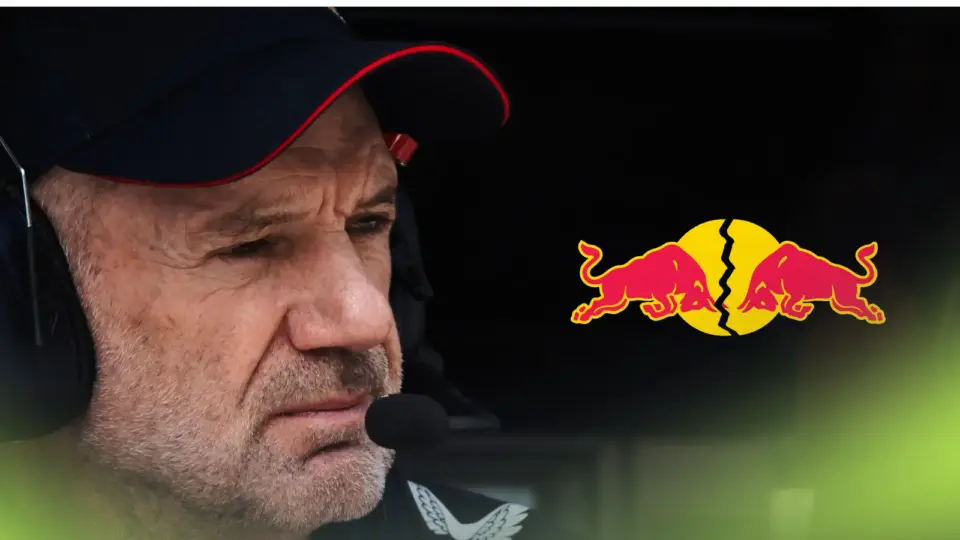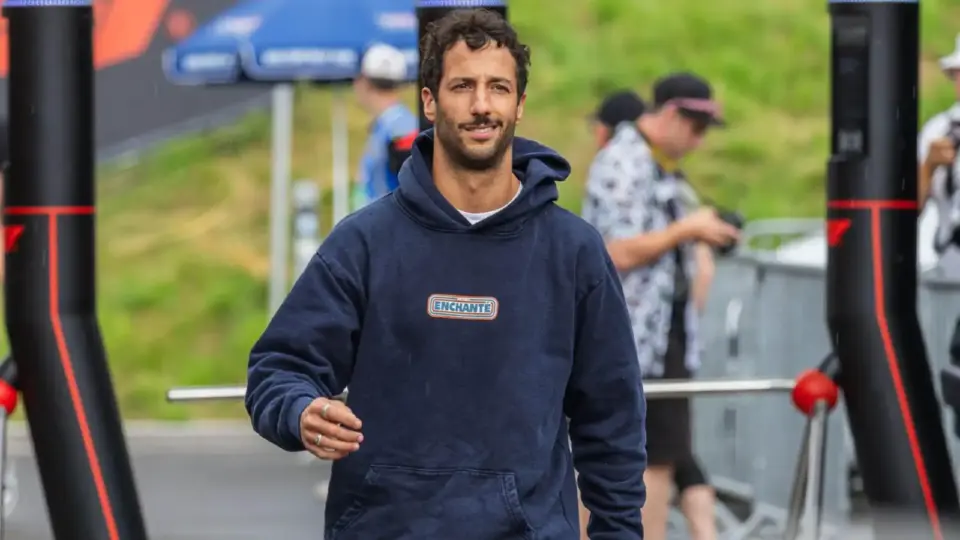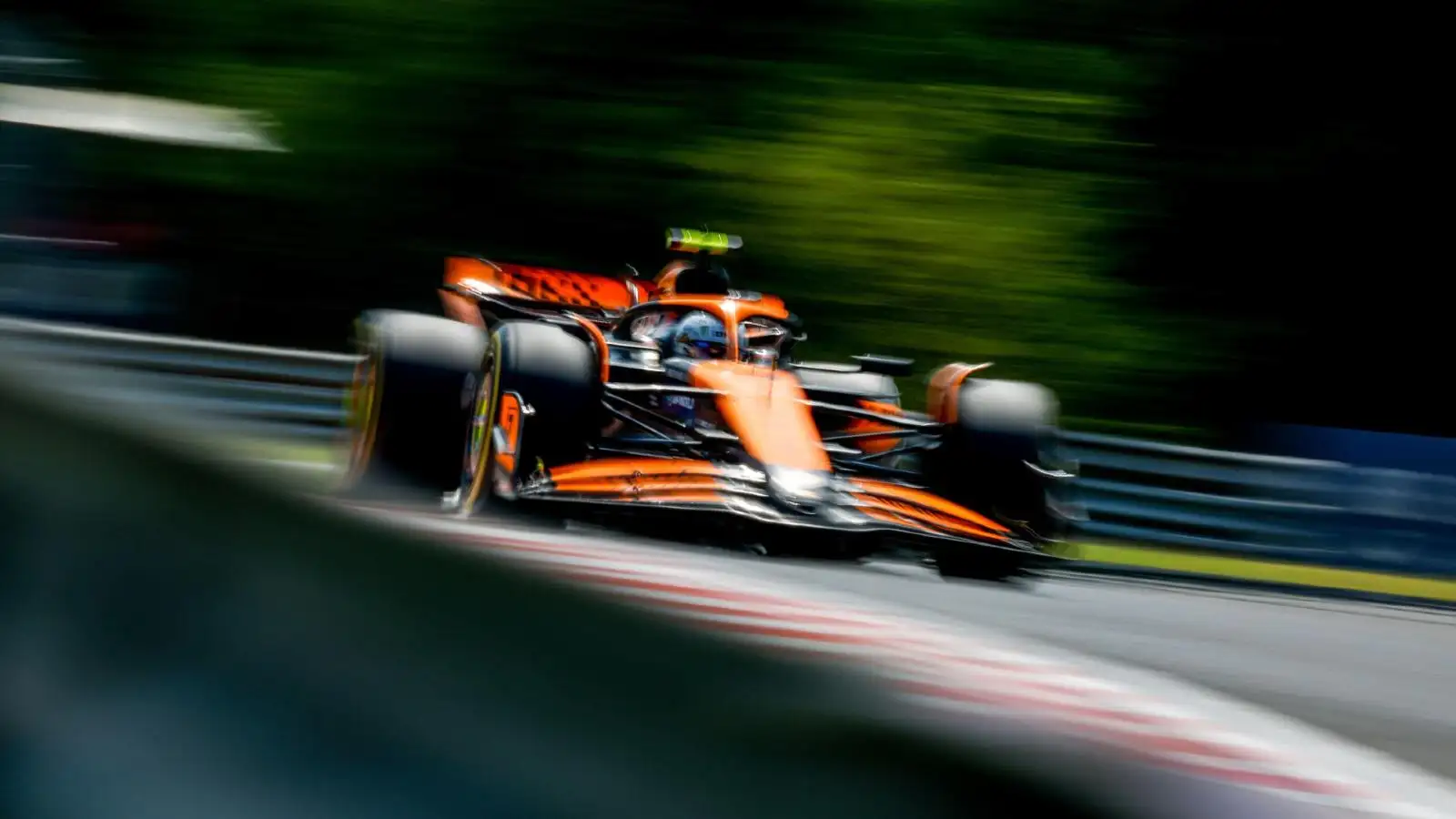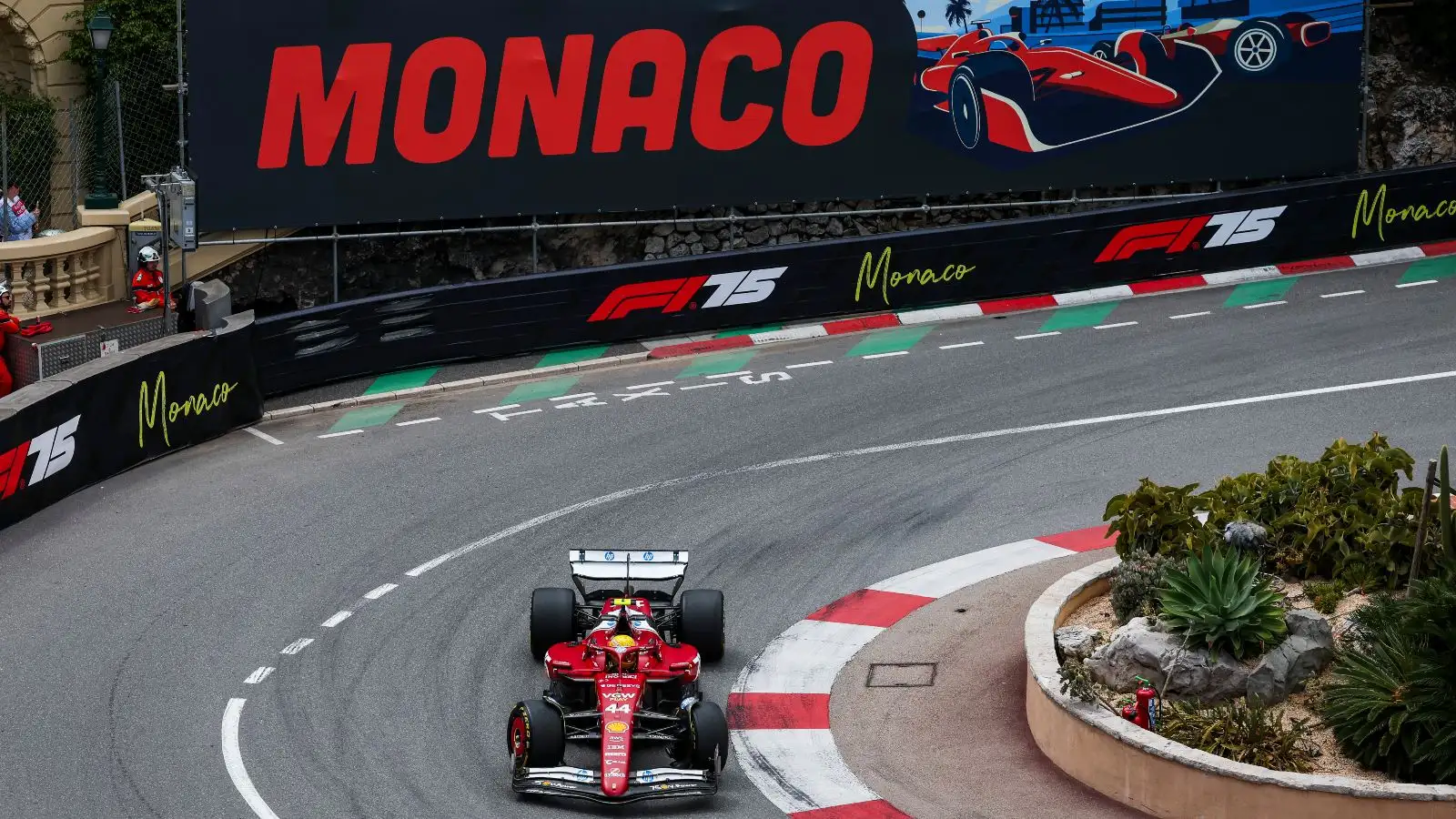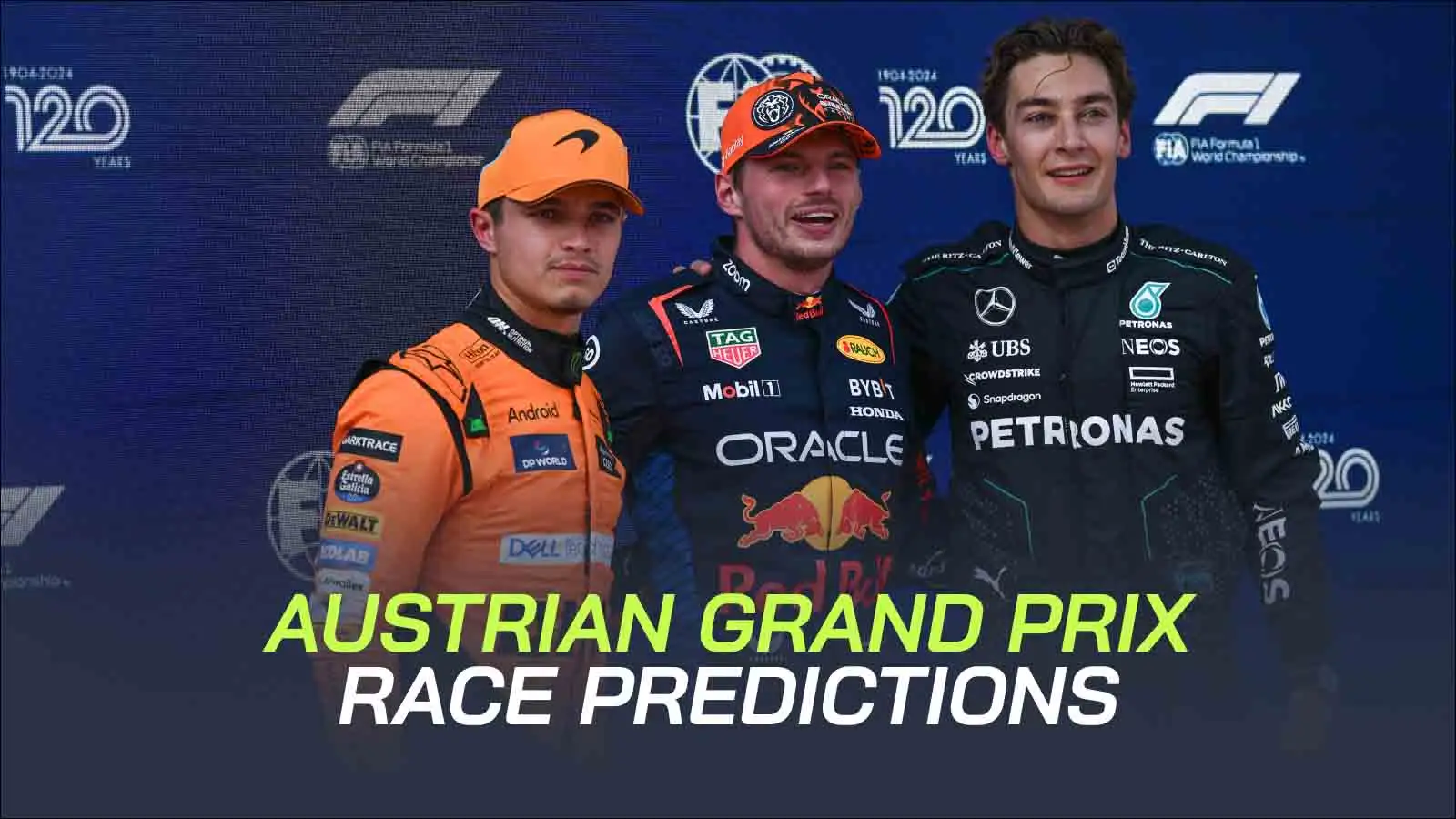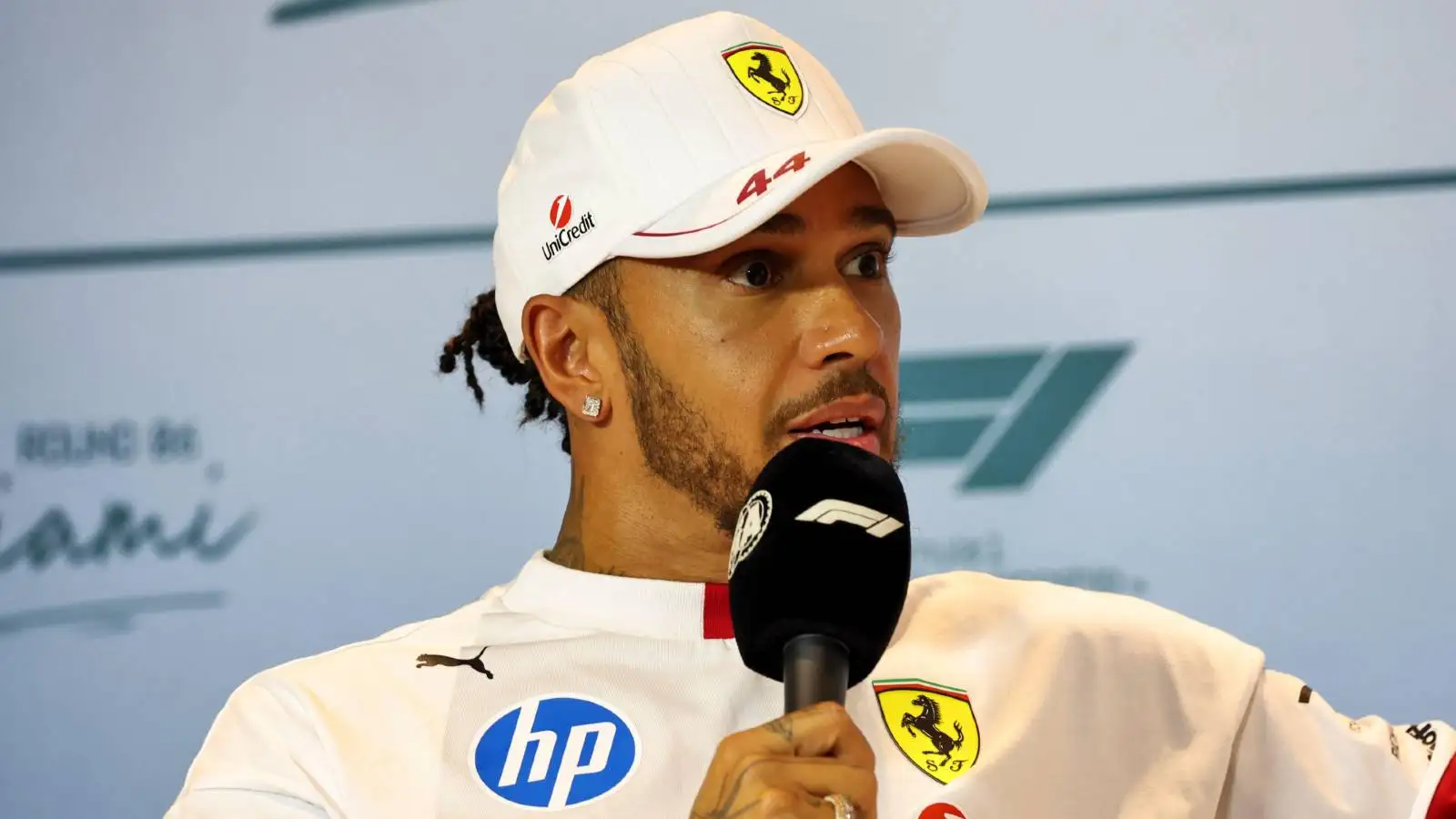Get ready for some drama at the Belgian Grand Prix! The FIA is upping its game to scrutinize the flexi-wing tricks some of the Formula 1 teams are allegedly pulling off.
In a move that has everyone talking, the FIA has decided to implement new video cameras at the Belgian Grand Prix to investigate the increasingly controversial flexible front wings. This decision comes after weeks of speculation and concern among teams about how far their rivals might be bending (pun intended) the rules.
Earlier this week, teams received a technical directive from Nikolas Tombazis, the FIA’s single-seater director, informing them of the new video analysis procedures. According to this note, certain teams will be required to install additional wireless recording cameras on their cars during Friday’s practice sessions. These cameras will provide detailed footage of what the front wings are up to, especially focusing on the ‘inboard facing nominally vertical surfaces’ to track any suspicious movements.
The specified cameras will capture how these wings rotate, with dots placed strategically on the wings to aid this analysis. These dots must be 20mm across, of a single color, and positioned on the inside of the endplate and the edges of the flaps. The focus is on determining any flexibility that could give teams an unfair advantage.
This move isn’t out of the blue. Teams like Red Bull, Ferrari, Mercedes, and McLaren have been rumored to exploit flexible wing designs this season. The FIA’s previous static tests might not have been enough to catch these elusive tricks. Therefore, capturing real-time footage could reveal if teams are pushing regulatory boundaries.
James Allison from Mercedes has openly discussed the benefits of a flexible front wing for car balance, particularly with the new generation of ground-effect cars. He noted, ‘All of us are trying to ensure that we pass the FIA’s flexibility test. They put loads on, and you’ve got to not move by more than an amount.’ However, it’s clear that the FIA wants to make doubly sure no one is gaming the system with these new video checks.
If these new video checks at Spa-Francorchamps show that teams are indeed pushing the limits, the FIA might consider revising the load tests and regulations. For now, the cameras need to be fitted for over 50% of the session’s timed laps unless there’s a valid reason, like an accident or shortened session.
The upcoming Belgian Grand Prix is about to get a lot more intense with these new video checks. Whether or not any teams are found guilty of bending the rules, this move by the FIA shows their commitment to maintaining a level playing field. Stay tuned to see how this unfolds!
Source: Motorsport
